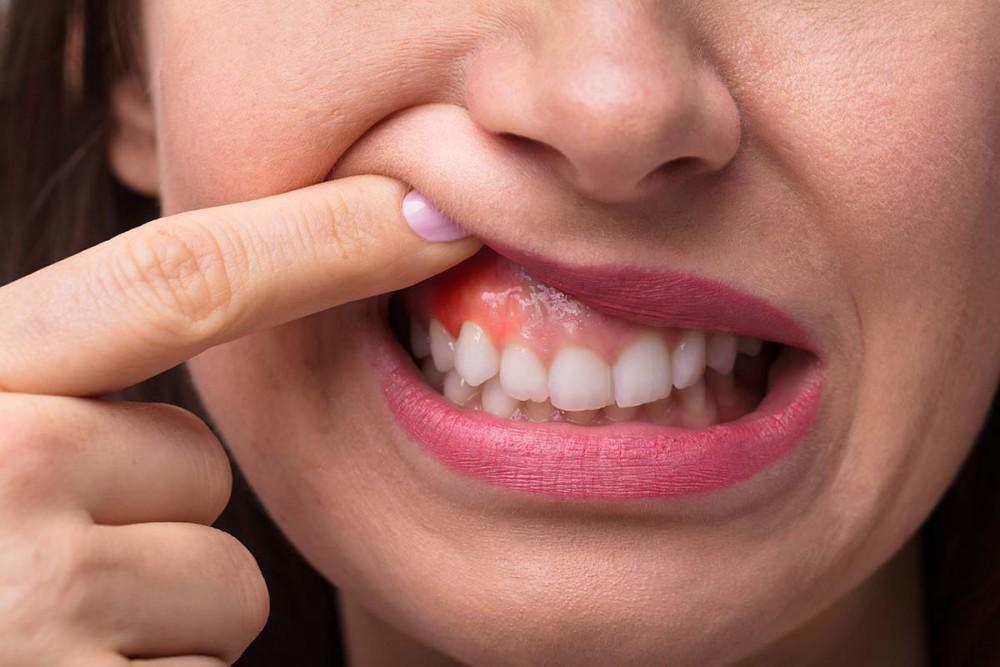
Healthy gums are essential to your health, lowering your risk for bothersome issues like decay, infections, and tooth loss. Sadly, though, close to half of adults aged 30 or older in the United States show signs of gingivitis, the earliest form of gum disease.
Here’s the good news. You can take steps to turn things around if you’re among them.
At Nobel Dental in the Koreatown area of Los Angeles, California, Dr. Abraham Nobel and his team provide comprehensive tooth and gum care to help prevent or minimize the effects of gum disease at every stage.
Here’s a closer look at gingivitis, including ways to stop it.
Gum disease basics
Gum disease, or periodontal disease, is an inflammatory condition that stems from infected tissue in your gums.
Poor dental hygiene habits are the most common cause. When you fail to brush and floss properly or skip your routine cleanings, a sticky film of bacteria known as plaque can accumulate on the enamel of your teeth and where your teeth and gums meet. When this plaque goes unaddressed, it hardens into a more stubborn material called tartar. And tartar can only be removed by professionals.
Other risk factors for gum disease include diabetes, unmanaged stress, certain medications, and poor nutrition.
Signs you’re dealing with gingivitis
Even a small amount of tartar can set the stage for gum disease, starting with gingivitis. From there, gingivitis can worsen into advanced gum disease. That’s when destroyed tissue and tooth loss become a real risk.
Gingivitis symptoms to look out for include:
- Bleeding when you brush or floss
- Darkening of your gum color gum color
- Persistent bad breath, known as halitosis,
- Puffy or swollen gums
- Gums that feel tender to the touch
- Gum pain when you brush your teeth
Healthy gums, on the other hand, have a light pink hue. And they fit tightly around your teeth without bulging or easy bleeding.
How to reverse gingivitis
Gingivitis doesn’t mean you’re doomed to ongoing and worsening gum problems. If you take action early, you can turn it entirely around.
Innovative steps to take include:
- Scheduling a dental cleaning and exam
- Brushing your teeth well for two minutes at a time, at least twice a day
- Flossing your teeth well once a day
At your professional cleaning, Dr. Abraham might recommend a treatment called scaling and root planing – using special instruments, an ultrasonic device, or a laser. During scaling, we remove all traces of plaque and tartar throughout your teeth and gums. During root planing, we remove bacterial products caused by inflammation and smoothen your root surfaces to prevent additional buildup.
We can also guide you through improved home hygiene habits, such as better brushing and flossing techniques. Following your scaling and root planning with these practices is crucial for preventing more gum disease signs.
As needed, we prescribe antibiotics to address any lingering infection. Depending on the state of your teeth and gums, you may benefit from more frequent professional cleanings moving forward.
To learn more about reversing gingivitis or to get the gum care you need, call Nobel Dentistry or book an appointment through our website today.
